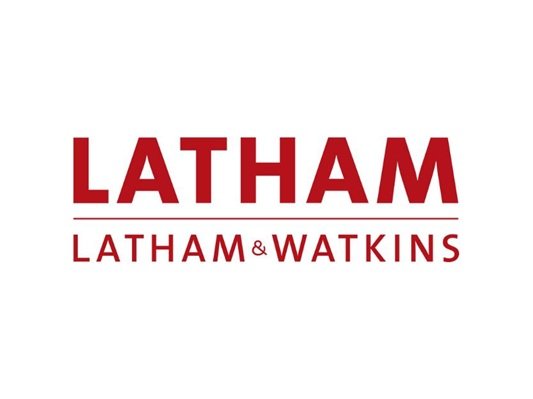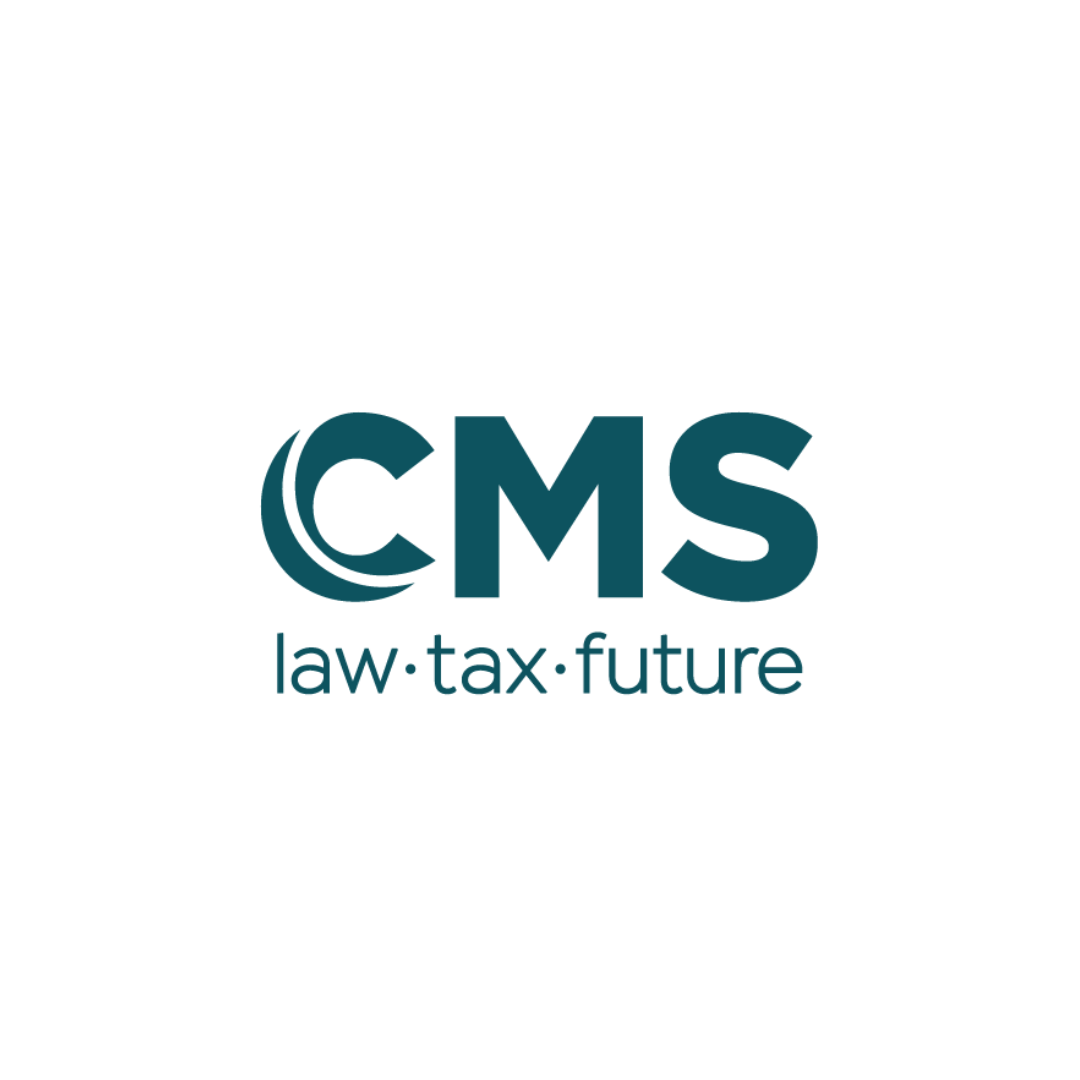Why is legal technology important?
There are several benefits to be had from incorporating legal technology into the industry. For instance, the Solicitors Regulation Authority (SRA), states that increasing the use of technology can improve standards of service in the legal market, and help firms meet demand. 1 For instance, Document Assembly Systems can improve efficiency by helping lawyers more quickly locate relevant documents about their clients and the law. 2 Equally, the benefit of legal technology is further illustrated by the suggestion that, when preparing for litigation, Smart Search Systems can now perform better than junior lawyers and paralegals when reviewing large sets of documents and selecting the most relevant. 3 Legal technology has the ability to both improve standards of service, and efficiency in the legal services industry.
Before assessing what barriers are most prominent for firms investing in legal tech, it is important to investigate the extent to which firms have innovated legal tech thus far.
What types of legal tech exist, and what firms are using these technologies?
In 2016, the Competitions and Markets Authority (CMA) reported that “the level innovation is broadly unchanged since before the [Legal Services Act 2007] reforms were introduced.” 4 These reforms permitted non-lawyers to have a stake in a law firm, this is known as an “Alternative Business Structure” (ABS). Due to recent technological advancements, particularly with AI, legal tech can be regarded as a fast-moving industry. Considering the fast-moving nature of legal tech, the 2016 Legal Services market study; citing low levels of innovation since 2007, can be regarded as less relevant today. Because of this, I will focus on a more recent report from the SRA (2021), which cites that 36.6 % of firms are currently using legal technology. 5 The same report also references that the firms more likely to be using tech are Alternative Business Structures, but also larger firms with larger clients. This is highlighted by the fact that 55.6 % of ABS are using technology compared to 34.1 % of non-ABS.
For the purposes of this article, I will divide legal technologies used by firms into two categories: these being exciting (AI, contract review software, and legal research software) and non-exciting (videoconferencing, and email). I do this for several reasons. Firstly, the recent report from the SRA has a very broad application of what is legal technology. For instance, this includes very different technologies; from video conferencing to the use of AI. Secondly, technologies such as contract review software are more exciting than others- simply because they can do the work of legal professionals. Conversely, other technologies such as video conferencing are non-exciting as they are so widely accessible. This is because, anyone can download Zoom and create video calls, whereas contract review software requires investment to use and therefore has an increased barrier to accessibility. Using my categories, the most popular technologies would not be considered as exciting or ground-breaking. For example, in the aforementioned SRA report, video conferencing with clients was used by 86.4 % of respondents. 6 Typically, technologies that are more exciting and commonly associated with legal tech such as AI, and contract review software are less commonly used. To demonstrate, only 5.1 % of respondents used AI for data analytics, and only 7.3 % used a form of contract review software. 7 Conversely, legal research software was relatively well used with 50.4 % of respondents using this. 8 Considering this, the adoption of exciting technology (AI, contract review software, legal research software) commonly associated with legal tech is mixed at best.
What stops firms from innovating?
To answer the question: “Does regulation dissuade the use of legal tech more so than other barriers?”, we must look at the reasons why firms are not innovating. The CMA found that regulatory and legislative factors were the most cited barriers to innovation. 9 However, of those, only 23.8 % of respondents identified regulation as a “significant” constraint on innovation. 10 There is therefore a suggestion that there are other reasons why firms are not innovating. There is no regulation in the UK that prevents firms from adopting technology, however, firms are still obliged to meet several standards relating to AI. Firstly, unlike human decisions, those made by AI are subject to GDPR, which means that they can be challenged based on being unfair or unlawful. 11 This means a firm would need to prove its AI makes decisions fairly. This would be difficult for several reasons. Firstly, firms without internal expertise that rely on other companies for technology would not themselves develop the technology, and so would not know how it works, let alone be able to defend how it makes decisions. Secondly, if technology used by firms is from other companies, it makes it difficult for a firm to meet transparency requirements to provide information to the data subject about why and what their data is being used for. 12
Lastly, a risk exists that AI or a similar technology discriminates in its decision-making which would be contrary to the requirements set out by the Equality Act 2010. 13 As discussed, there are a variety of issues caused by regulation for firms wanting to use AI to make decisions. The Solicitors Regulation Authority also imposes a code of conduct on solicitors, which can bring further difficulties in using technology. Solicitors are required to keep client information confidential- unless the client agrees for the information to be shared. 14 This is a barrier for firms looking to subscribe to contract management/document assembly systems, as doing so would likely involve sharing confidential information with the companies that provide these services. Consequently, many firms that do not have the internal expertise are unable to take advantage of such technologies. However, this is less of a barrier for Alternative Business Structures, and firms working for large clients, as they are more likely to have the internal expertise and finances to develop their own legal tech systems. Meaning, breaching client confidentiality would be less of an issue for them. On the one hand, there are many other issues regarding a code of conduct. For instance, a firm cannot ensure or prove that decisions taken by legal tech or influenced tech do not discriminate unfairly. On the other hand, if solicitors overuse legal tech, they risk acting contrary to maintaining their competency requirements.
As a result of the regulatory issues discussed in this article, 44.7 % of firms said regulatory uncertainty was a barrier to using legal technology. 15 In other words, firms are unsure if adopting legal tech would be compliant with regulation. To demonstrate this point, The Law Society has also stated, “It is unclear how the professional conduct risks from wholly automated legal services might be mitigated.” 16 This shows that those who represent the profession are uncertain about how some legal tech can be utilised; whilst still compiling with regulation. It does appear that regulation plays a part in discouraging the use of legal tech, but how does this compare to other factors?
There are a variety of other barriers to adopting legal technology. These range from a lack of financial capital to the belief that legal tech is not beneficial. The 2021 report on Technology and Innovation in Legal Services surveyed both firms that do and do not use legal technology on what they believe to be the most significant barriers to legal tech. Interestingly, a lack of financial capital was the most cited barrier for firms both using and not using technology. 17 Although financial barriers present a challenge to firms looking to invest in tech, this is less significant for larger firms. Illustrating this point, is the fact that ABS and larger firms have innovated more than their smaller counterparts. 18 This means, that despite the financial barriers, the industry as a whole is still able to invest in technology. Conversely, regulation presents a problem to every firm regardless of their size; making it a more significant barrier to innovating firms. Furthermore, the requirement for firms to ensure compliance with regulation adds to the financial challenge associated with the costs of developing technology. Thus, supporting the supposition that regulatory barriers are more detrimental than financial constraints. In addition to these financial barriers, firms who were not considered to be currently using technology also cited (to a slightly lesser extent) a “lack of consumer appetite” and a lack of strategic purpose. 19 This suggests there is a level of concern amongst firms that investment in legal technology may not accrue sufficient benefits for their business to justify investment. This conflicts with the benefits of using legal tech, particularly, improving efficiency and costs. However, over time investment in legal tech should become more worthwhile as tech products are improved 20 and more certainty is gained surrounding its compliance with regulation.
Several practical barriers also exist for firms adopting legal technology. For instance, many firms use a pricing model where they charge by the hour. This results in several problems for firms looking into using legal technology. A lawyer’s day at work consists of juggling between administrative work and professional development/training, and the rest of their time goes towards fee-earning/billable hours. 21 Implementing legal tech would leave the lawyer another ball to juggle, as they would need to find time to learn how to use legal technology introduced by the firm, alongside keeping up their targets for billable hours. This is difficult in a market where firms are fixated on increasing targets for their lawyers 39; billable hours. A market study found that 98 % of the firms they surveyed had increased their billable hour targets for their lawyers. 22 This shows that training lawyers to use technologies is difficult where a billable hour model is used. Unlike regulation, firms can choose not to use the billable hour model, and there are several reasons for firms to do so. The billable hour model promotes inefficiency and measures the performance of lawyers poorly 23 as it focuses on the amount of time spent working as opposed to the outputs they produce. Considering firms can choose to abandon.
Lastly, another notable barrier is that firms lack in-house expertise on legal technology. This is where a firm’s employees do not have sufficient expertise for the firm to independently implement legal technology. As aforementioned, Alternative Business Structures are more likely to be using legal technology as opposed to regular firms. This would be in part due to them having wider expertise than a traditional law firm, and this expertise would allow them to use or develop their own technologies. Whereas smaller traditional firms would not have the in-house expertise to develop their own technologies. Consequently, they would be dependent on relying on other companies to develop technology for them. As discussed earlier, using other companies’ technology can be problematic for law firms trying to remain compliant with regulations surrounding confidentiality. This means that for many smaller firms, the lack of in-house expertise is made worse by regulation, preventing them from leasing or buying technologies from other companies.
Conclusion
In conclusion there are clearly a variety of barriers to adopting exciting legal technologies, but regulation is the most forcing of these. This is because regulation is a detriment to every firm regardless of their size and cannot be avoided. Whereas practical barriers such as the billable hour-model can be changed or removed to accommodate the adoption of technology. Alternatively, financial barriers have less of a detriment on larger firms who would likely be the ones investing in technology. Overall, Regulatory barriers are the most detrimental; they impact every firm looking to use exciting legal technologies and are unavoidable.
References:
[1] Solicitors Regulation Authority, ‘Technology and Legal Services’ (SRA, December 2018) <SRA |
Technology and legal services | Solicitors Regulation Authority> accessed 26 th September 2023.
[2] Richard Susskind and Daniel Susskind, The End of Lawyers? : Rethinking the Nature of Legal Services (1 st edn, OUP 2010) 69.
[3] ibid 70.
[4] ibid.
[5] Mari Sako, Richard Parnham and others, ‘Technology and Innovation in Legal Services Final Report for
the Solicitors Regulation Authority” (SRA, July 2021) <full-report-technology-and-innovation-in-legal-
services.pdf (sra.org.uk)> Accessed 2nd October 2023
[6] ibid.
[7] ibid.
[8] ibid.
[9] Competitions and Markets Authority, ‘Legal Services Market Study: Final Report’ (CMA, 5th February
2016) <Legal services market study: Final report (publishing.service.gov.uk) > accessed 21st September. Paragraph 5.37
[10] ibid.
[11] Peter Church, ‘AI and GDPR: Regulating the Minds of Machines” (Linklaters, no date) < AI & the GDPR: Regulating the minds of machines | DigiLinks | Linklaters > accessed 4th October 2023.
[12] Data Protection Act 2018, s 44.
[13] Equality Act 2010; Peter Church (n 10) 3.
[14] Solicitors Regulation Authority, ‘SRA Code of Conduct For Solicitors, RELs and RFLs’ (SRA, 6th April 2023) < SRA |
Code of Conduct for Solicitors, RELs and RFLs | Solicitors Regulation Authority > accessed 5th October
2023.
[15] Mari Sako and others (n 5) S.2.2.3.
[16] The Law Society, ‘Using Lawtech in Your Practice’ (The Law Society, 21st May 2020) < Using lawtech in
your practice | The Law Society > accessed October 22nd 2023.
[17] Mari Sako and others (n 5) S.2.2.33.
[18] ibid.
[19] ibid.
[20] Richard Tromans, ‘Could Legal Tech Cost Less?’ (Artificial Lawyer, 14th June 2021) <Could Legal Tech Cost Less? –
Artificial Lawyer > accessed 23rd October 2023.
[21] Kieron Darraugh, ‘How Law Firms Can Maximise Billings From Their Lawyers” (LexisNexis, 2023) < How law firms
can maximise billings from their lawyers | LexisNexis Blogs > accessed 1st November 2023.
[22] ibid citing “BigHand 2022 Survey”.
[23] Dylan Brown, ‘Billable Hours Encourage Inefficiency, But Lawyers Can Deliver Better’ (LexisNexis, 07 th March 2023) <Billable hours encourage inefficiency, but lawyers can deliver better | LexisNexis Blogs> accessed 23 rd October 2023.
Bibliography:
Primary sources
Legislation
Data Protection Act 2018.
Equality Act 2010.
Legal Services Act 2007.
Secondary Sources
Regulatory Bodies
Solicitors Regulation Authority, ‘SRA Code of Conduct for Solicitors, RELs and RFLs’ (SRA, 6th April 2023).
Reports
Competitions and Markets Authority, ‘Legal services market study final report’ (CMA ,5th February 2016)
Solicitors Regulation Authority, ‘Technology and Innovation in Legal Services Final Report for the Solicitors
Regulation Authority’ (SRA, July 2021).
Books
Susskind R.E and Susskind D, The Future of the Professions: How Technology Will Transform the Work of Human
Experts (1 st edn, OUP 2015).
Webpages, blogs and articles
The Law Society, ‘Using Lawtech in your Practice” (The Law Society, 21st May 2020).
Darraugh K, ‘How Law firms Can Maximise Billings from their Lawyers” (LexisNexis, 2023).
Church P, ‘AI and GDPR: Regulating the minds of machines’ (Linklaters, no date).
Tromans R, ‘Could Legal Tech Cost Less?” (Artificial Lawyer, 14th June 2021).
Solicitors Regulation Authority, ‘Technology and Legal services’ (SRA, December 2018).

















